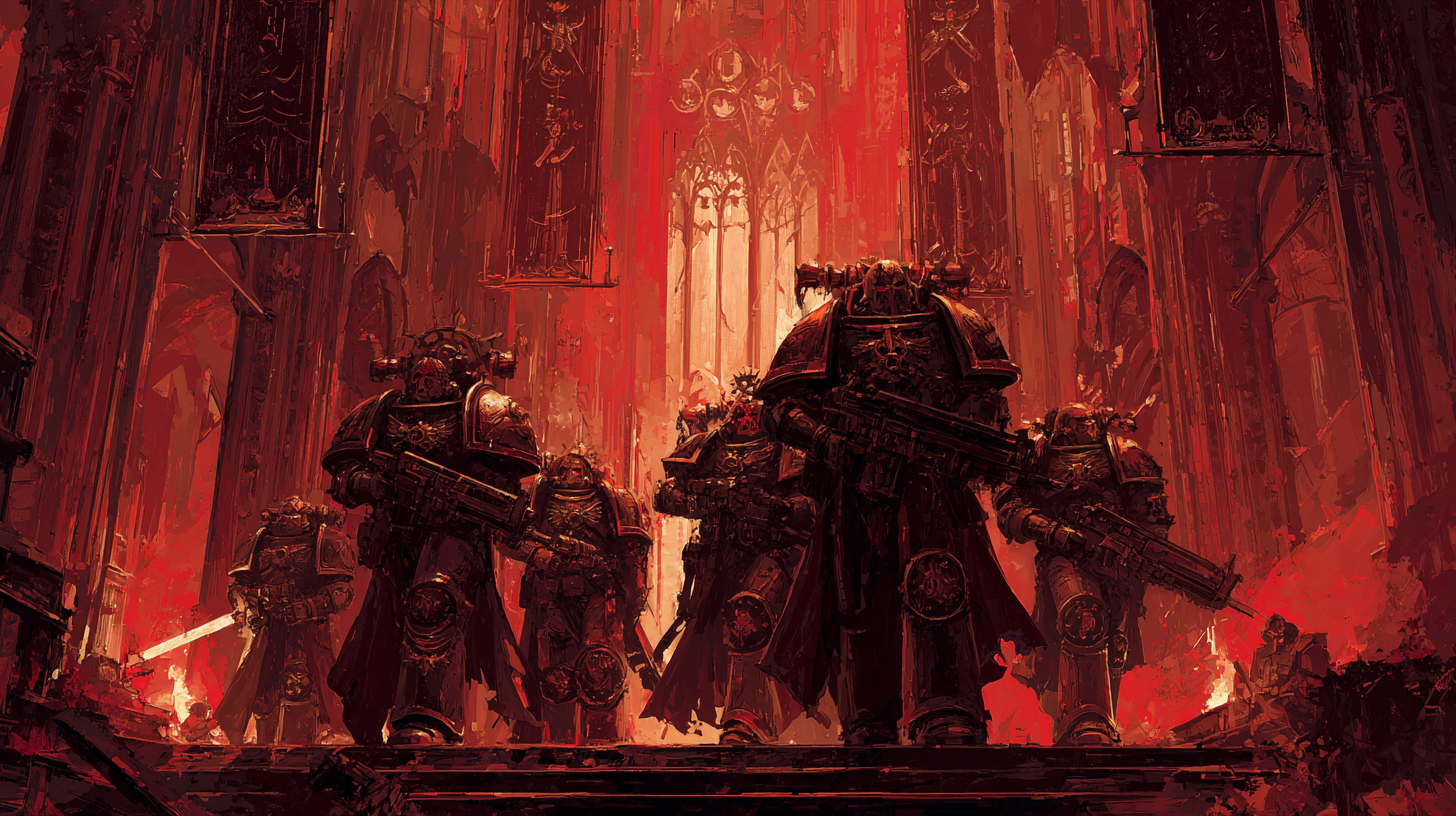What is Incensepunk?
Every now and then, a new subgenre pops up that makes you stop and go, “Wait, that’s a thing now?” Incensepunk is one of those. At first glance, it sounds like someone mashed together spirituality and speculative fiction but give it a minute and it starts to click and once it does, it’s highly compelling.
So let’s dig into it. What is incensepunk, and why should you care?
So what is Incensepunk?
Incensepunk is a speculative subgenre built around the idea that technology and spirituality aren’t at odds, that in fact, they’re fused together. It swaps out oil and steam for smoke and symbolism. Think weapons powered by prayer, relics acting as data stores, or machines that run on rituals rather than electricity.
If steampunk gives us brass and goggles, and cyberpunk deals in neon and nihilism, incensepunk gives us carved stone, flowing robes, and a whole lot of burning incense. It’s not about going back to the past it’s about building worlds where ancient traditions are the tech. You might have engineers who double as priests, or archivists who chant to unlock forgotten knowledge.
In short: it’s mystical, it’s weird, and it’s amazing.
What makes it tick?
The core vibe of incensepunk is atmosphere. These stories lean into rich, sensory detail — smoke curling through the air, strange runes glowing under candlelight, mechanical constructs activated by spoken blessings. You don’t get clanking engines or sleek metal surfaces. You get obsidian machines etched with prayers, or labyrinths lit by soul-powered lamps.
Worlds tend to be built on the remnants of fallen civilisations. There’s usually a strong sense of history such as old gods, lost rituals, forgotten languages. Tech isn’t something you build from scratch, it’s something you uncover, or interpret. You read your way into power rather than code it.
Themes it loves
What sets incensepunk apart isn’t just the look and feel, it’s the kinds of questions it asks. Rather than obsess over dystopian futures or rebels with cybernetic arms, incensepunk tends to be quieter, more introspective.
Here are a few themes it plays with:
Faith vs Function – Can belief systems be upgraded? What happens when ritual becomes a kind of operating system?
The burden of memory – These worlds are usually dealing with the echoes of long-lost knowledge. Who holds the truth? Who misinterprets it?
Decay and reverence – Old tech isn’t junk. It’s sacred. And breaking it might not just cause a blackout — it could offend a deity.
Who gets to interpret the divine – If technology is built on spiritual foundations, does that make the user a priest? A hacker? A heretic?
There’s a lot of overlap with solarpunk, mythpunk, and even elements of dark academia. But incensepunk has its own flavour — less concerned with utopia or rebellion, more interested in meaning, reverence, and the slow unspooling of ancient truths.
Does it actually exist?
Yes — though it’s still very much underground. You won’t find shelves labelled “incensepunk” at your local bookshop (yet), but the seeds are already out there.
If all this is giving you Warhammer 40k vibes, you’re not alone. That universe may be its own beast, but there’s a definite incensepunk energy running through the Imperium of Man. All those hooded Tech-Priests, chanting machine rites, performing maintenance rituals with incantations it's incensepunk to the core. The idea that technology has become so sacred (and so poorly understood) that it needs a religion to maintain it? That’s the heart of it.
In both 40k and incensepunk, technology isn't neutral. It's powerful, dangerous, often misunderstood — and always surrounded by ritual. That reverence, that blurring of science and faith, is what makes it feel ancient even in the far future.
Why now?
It’s not hard to see why incensepunk is starting to resonate. We’re living in a hyper-optimised world, where everything’s about speed, scale, and cold efficiency. Incensepunk is the opposite. It’s slow. Intimate. It asks us to think about memory, legacy, and what it means to call something sacred.
It’s also a genre that makes space for non-Western philosophies. The aesthetics and belief systems draw heavily from South and East Asian, Middle Eastern, and Indigenous traditions — where ritual and technology aren’t automatically seen as separate.
For writers and readers tired of neon-and-chrome futures, incensepunk offers something different: not just another “what if”, but a why.
The best example I’ve read lately
The best example I’ve come across recently is Orders of Magnitude by Yuval Kordov. It leans into the incensepunk aesthetic hard — you’ve got cathedral-sized ships, void-born cults, rituals wrapped in logic, and a world where doctrine and data are indistinguishable. It’s very 40k-adjacent in tone, but without the grimdark excess. There’s a quiet horror to it, yes, but also beauty. Fragile hope. A sense that the universe remembers things we’ve long forgotten.
I reviewed it here on Epic Indie if you want the full breakdown — but the short version is this: if you want to experience incensepunk done right, read that book. It’s not just genre-defying, it’s genre-defining.
Incensepunk isn’t here to replace the big subgenres. It’s not the next cyberpunk (yet). But it is a fresh lens and one that brings spirituality back into the heart of speculative storytelling. It’s a genre that feels old and new at the same time. Strange, but grounded. And that’s what makes it exciting.



